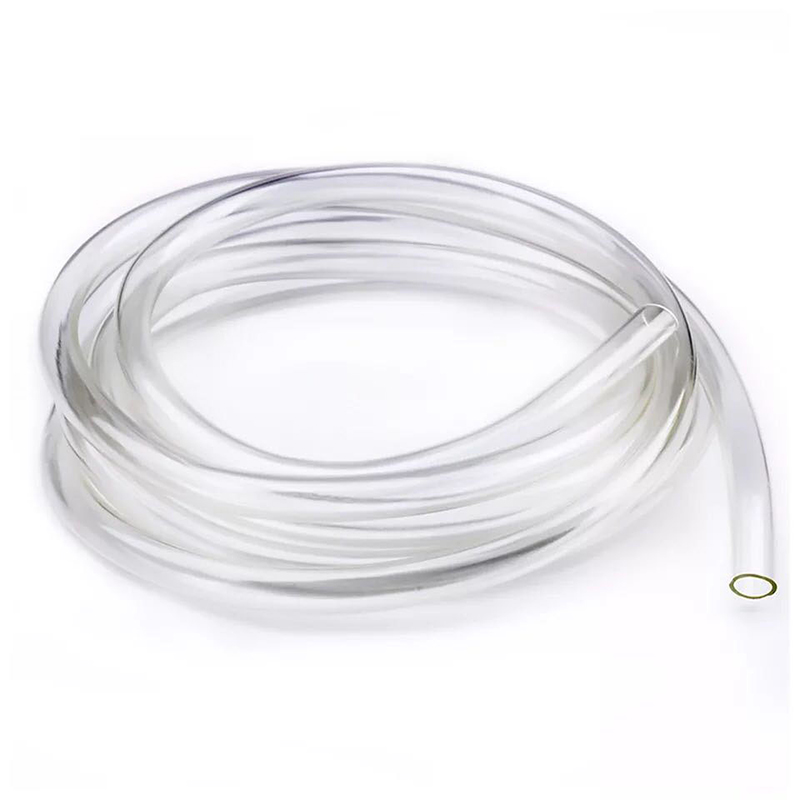polyurethane hose vs rubber
Polyurethane Hose vs. Rubber Hose A Comprehensive Comparison
When it comes to selecting the right hose for industrial and commercial applications, two popular materials often come to the forefront polyurethane and rubber. Each material boasts distinct advantages and disadvantages that cater to various needs. Understanding the differences between polyurethane hoses and rubber hoses can help you make an informed decision for your specific application.
Composition and Properties
Polyurethane hoses are crafted from a synthetic polymer known for its durability, flexibility, and resistance to abrasion. This material can withstand fluctuations in temperature and is often designed to handle a wide range of chemicals, making it versatile for different applications. Polyurethane also offers excellent elasticity and can return to its original shape after being stretched, which is crucial in dynamic applications.
In contrast, rubber hoses are typically made from natural or synthetic rubber. Rubber is known for its excellent tensile strength and tear resistance, making it a robust option for heavy-duty applications. Rubber hoses provide substantial resistance against wear and are particularly effective in high-pressure scenarios. However, depending on the type of rubber, they may have limitations in temperature ranges and might not perform as well with certain chemicals.
Temperature and Chemical Resistance
Temperature resistance is a critical factor when choosing a hose. Polyurethane hoses can operate effectively within a broad temperature range, typically from -40°F to 158°F (-40°C to 70°C). This makes them ideal for both extremely cold and moderately warm environments. Furthermore, polyurethane has a better resistance to hydrolysis, which means it’s less susceptible to degradation when exposed to moisture or waterborne environments.
On the other hand, rubber hoses come with varying degrees of temperature resistance depending on the specific formulation. They generally perform well at higher temperatures but may struggle in extreme cold, becoming brittle and less flexible. Additionally, while many rubber hoses can resist certain chemicals, others may deteriorate when exposed to harsh substances. Users must be aware of the specific rubber formulation used and its compatibility with the chemicals it may encounter.
Weight and Flexibility
polyurethane hose vs rubber

One significant advantage of polyurethane hoses is their lightweight nature. This feature makes them easier to handle and transport, especially for portable applications. The flexibility of polyurethane also allows these hoses to bend easily around corners, reducing the need for multiple fittings and thus minimizing potential leak points.
In comparison, rubber hoses can be heavier and less flexible. While some rubber hoses are designed to be more pliable, they may still not match the flexibility of polyurethane. The added weight can be a disadvantage in applications requiring easy maneuverability or on-site portability.
Durability and Lifespan
Durability is a crucial factor when evaluating hoses for industrial applications. Polyurethane hoses are recognized for their long lifespan and resistance to abrasion. They can withstand constant wear and tear and may continue to perform well even in rigorous environments. However, UV exposure can degrade polyurethane over time, so it’s essential to use protective measures if the hose will be outdoors.
Rubber hoses also offer durability and often excel in heavy-duty applications. With proper maintenance, rubber hoses can last many years. Their inherent resistance to cracking and tearing also contributes to a long service life. However, improper use or exposure to extreme conditions can lead to premature deterioration.
Cost Considerations
When it comes to cost, polyurethane hoses are generally more expensive upfront than rubber hoses. However, their longevity and performance might lead to lower overall costs in the long run due to reduced replacement frequency. On the other hand, rubber hoses may be more economically viable for short-term applications or when used in environments where their durability will not be significantly tested.
Conclusion
Choosing between polyurethane hoses and rubber hoses ultimately depends on the specific needs of your application. If flexibility, lighter weight, and chemical resistance are your primary concerns, polyurethane might be the optimal choice. Conversely, if durability and high-pressure resistance are your priorities, rubber hoses may better suit your needs. Evaluating the intended use, environmental conditions, temperature ranges, and budget will guide you to the best decision for your application.
-
Top Quality Oxy Acetylene Hoses for Sale Fit for Welding DemandsNewsJul.28,2025
-
The Future of Pneumatic Air Tubes in IndustryNewsJul.28,2025
-
Superior and Reliable LPG Hose Pipe Solutions for Every NeedNewsJul.28,2025
-
Exceptionally Durable and Versatile Premium Braided PVC TubingNewsJul.28,2025
-
Best Adapters for Connecting Garden Hose to PVC Pipe ConnectionsNewsJul.28,2025
-
The Essential Role of LPG Hoses in Safe and Efficient Gas DistributionNewsJul.16,2025














